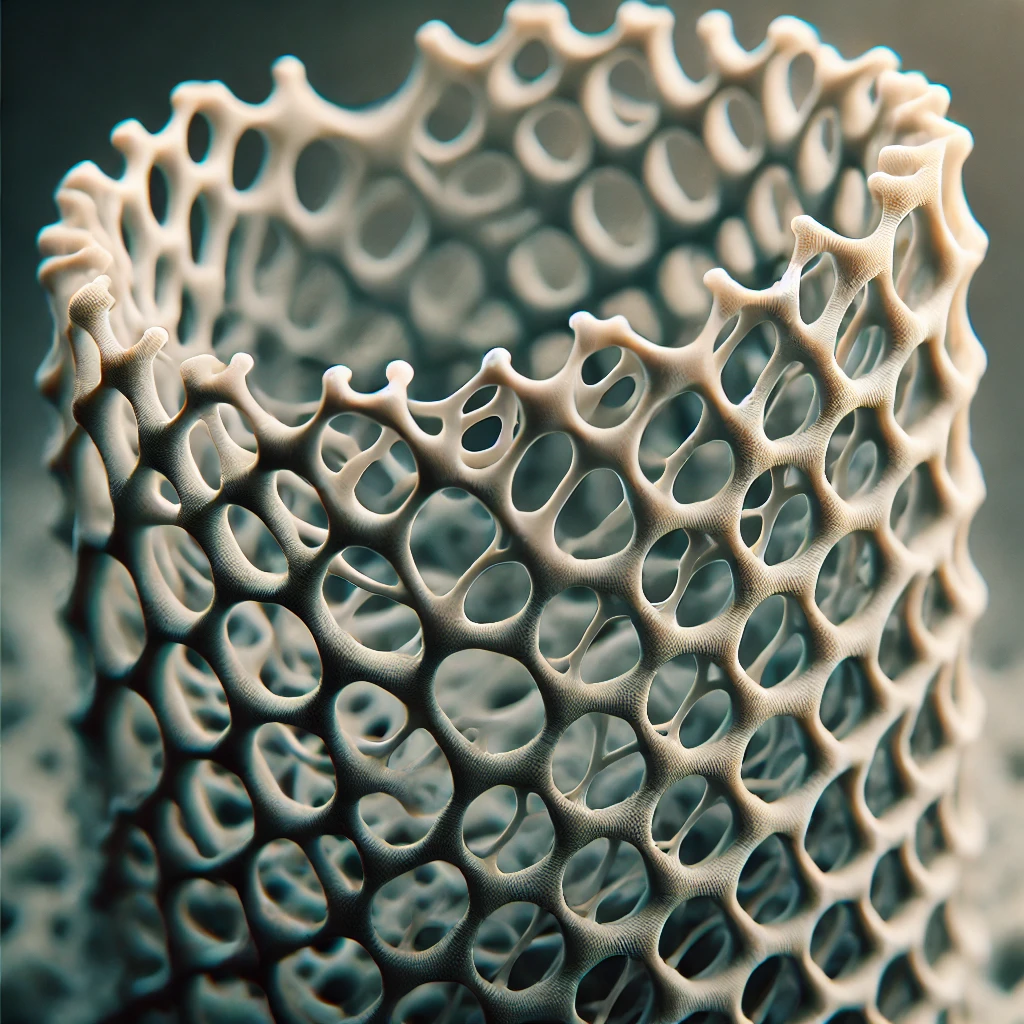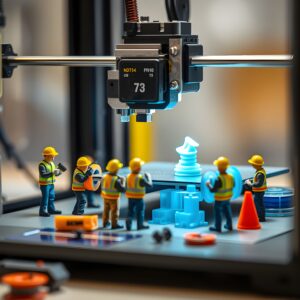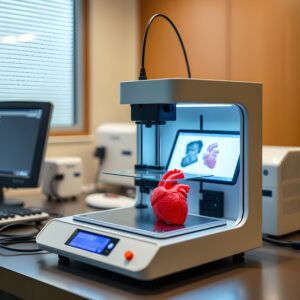Revolutionizing Tissue Engineering: The Role of 3D Printing in Scaffold Production

Using Three-Dimensional Printing (3DP) to Produce Complex Tissue Engineering Scaffolds
Three-dimensional printing (3DP) is rapidly transforming the field of tissue engineering, offering new avenues for creating complex, highly customized scaffolds that are essential for tissue regeneration. This technology allows for precise control over the scaffold’s architecture, enabling the creation of structures that closely mimic the intricate environments found in natural tissues.
Key Benefits of 3DP in Tissue Engineering:
- Customization: 3D printing enables the production of scaffolds tailored to individual patient needs, which enhances the compatibility and success of tissue integration.
- Precision: The ability to accurately control pore size, shape, and distribution helps in designing scaffolds that support cell growth, nutrient diffusion, and waste removal.
- Material Versatility: 3D printing allows the use of various biocompatible materials, including polymers, ceramics, and hydrogels, to create scaffolds with different mechanical properties and degradation rates.
Applications in Tissue Engineering:
- Bone Tissue Engineering: 3D-printed scaffolds provide a matrix for bone regeneration, offering mechanical strength while promoting the growth of new bone tissue.
- Soft Tissue Repair: In soft tissue engineering, such as skin or cartilage repair, 3DP scaffolds support the growth and differentiation of cells, leading to effective tissue restoration.
- Organ Regeneration: Although still in its experimental stages, 3D printing shows potential in creating scaffolds for complex organ structures, potentially addressing organ shortages in the future.
The integration of 3D printing into tissue engineering is a significant leap forward, enabling the production of scaffolds that are not only more complex and functional but also more personalized to meet individual patient requirements. As research and technology advance, the use of 3DP in tissue engineering is expected to revolutionize regenerative medicine, offering hope for more effective treatments and potentially life-saving solutions.



